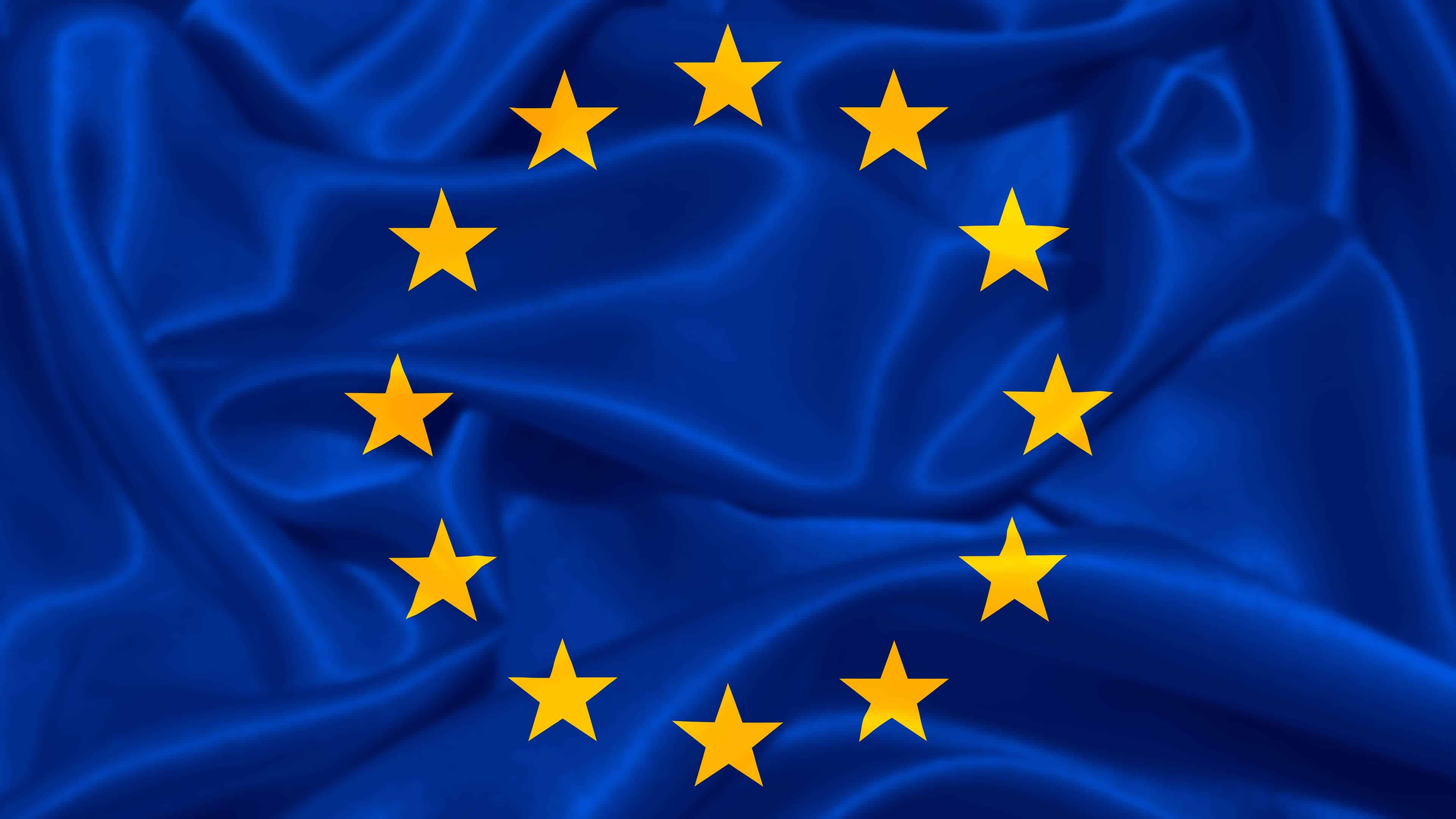- cross-posted to:
- cybersecurity@infosec.pub
- cybersecurity@sh.itjust.works
- cross-posted to:
- cybersecurity@infosec.pub
- cybersecurity@sh.itjust.works
Executive Summary
Events over the last eighteen months indicate that the risk environment for submarine cables has very likely escalated, and the threat of state-sponsored malicious activity targeting submarine cable infrastructure is likely to rise further amid heightened geopolitical tensions. Insikt Group’s assessment of the current risk environment for submarine cables aligns with the findings of our 2023 assessment, which highlighted the convergence of geopolitical, physical, and cyber threats. Based on an analysis of 44 publicly reported cable damages occurring in 32 distinct groupings in 2024 and 2025 (Appendix A), Insikt Group assesses that three factors in the submarine cable ecosystem –– lack of redundancy in cable networks, lack of diversity of cable routes, and limited global repair capacity –– very likely increase the likelihood of significant outages from damages. Regions with low redundancy, such as parts of West and Central Africa, isolated Pacific islands, and certain secondary European routes, are more likely to suffer disproportionate impact from cable damage, especially when geopolitical tensions coincide with infrastructure constraints.
While accidents will very likely continue to cause the majority of day-to-day interruptions, recent incidents in the Baltic Sea and around Taiwan indicate that submarine cable systems remain vulnerable to threats such as anchor dragging, which states can use as a low-sophistication tactic to target adversaries’ critical infrastructure while maintaining plausible deniability. Insikt Group identified four incidents involving eight distinct cable damages in the Baltic Sea and five incidents involving five distinct cable damages around Taiwan in 2024 and 2025. At least five of these nine incidents were attributed to ships dragging their anchors, including four Russia- or China-linked vessels operating under suspicious circumstances or with opaque ownership structures, although the resulting investigations have highlighted the difficulty of attributing cable cuts to state-sponsored sabotage. Such campaigns attributed to Russia in the North Atlantic–Baltic region and China in the western Pacific are likely to increase in frequency as tensions rise, leveraging deniable tactics in both shallow and deep water to apply political pressure without overt escalation.
Without a significant expansion of dedicated repair vessels, repair capacity is very likely to lag behind demand, pushing median restoration times beyond the current 40‑day benchmark. National permitting delays and conflict zone access restrictions will likely extend repair times further, making streamlined diplomatic clearance processes an increasingly critical element of submarine cable resilience. Satellite and microwave links will almost certainly remain partial stop‑gaps, restoring only a fraction of lost bandwidth during major outages. To mitigate these challenges, joint public-private partnerships investing in repair and maintenance capabilities, improving real-time monitoring and security measures around submarine cable infrastructure, and conducting comprehensive stress tests are critical to improving resilience and guarding against a low-probability but high-impact event in which damages to multiple cables cause prolonged connectivity issues.
Key Findings
- Insikt Group identified a total of 44 publicly reported cable damages in 2024 and 2025 occurring in 32 distinct groupings. Unknown causes accounted for the largest number of damages (31%), followed by anchor dragging (25%) and seismic activity or other natural phenomena (16%).
- Of the identified cable damages, three caused significant and prolonged outages. These cases indicate that three factors –– lack of redundancy, lack of diversity of cable routes, and limited repair capacity –– very likely raise the risk of severe impact from damages to submarine cables.
- Insikt Group identified four incidents in the Baltic Sea involving eight distinct submarine cable damages and five incidents around Taiwan involving five distinct submarine cable damages in 2024 and 2025, four of which involved China- or Russia-linked vessels with opaque ownership or suspicious maneuvers near the damaged cables.
- Geopolitical tensions –– namely, Russia’s war against Ukraine and China’s coercive actions toward Taiwan –– very likely remain the primary drivers of state-linked sabotage activity targeting submarine cables.
- Joint public-private partnerships promoting investment in cable repair and maintenance capabilities, enhancing security and surveillance of critical submarine infrastructure, and improving resilience in current and future cable networks will be critical to addressing rising threats to cable infrastructure.
…


